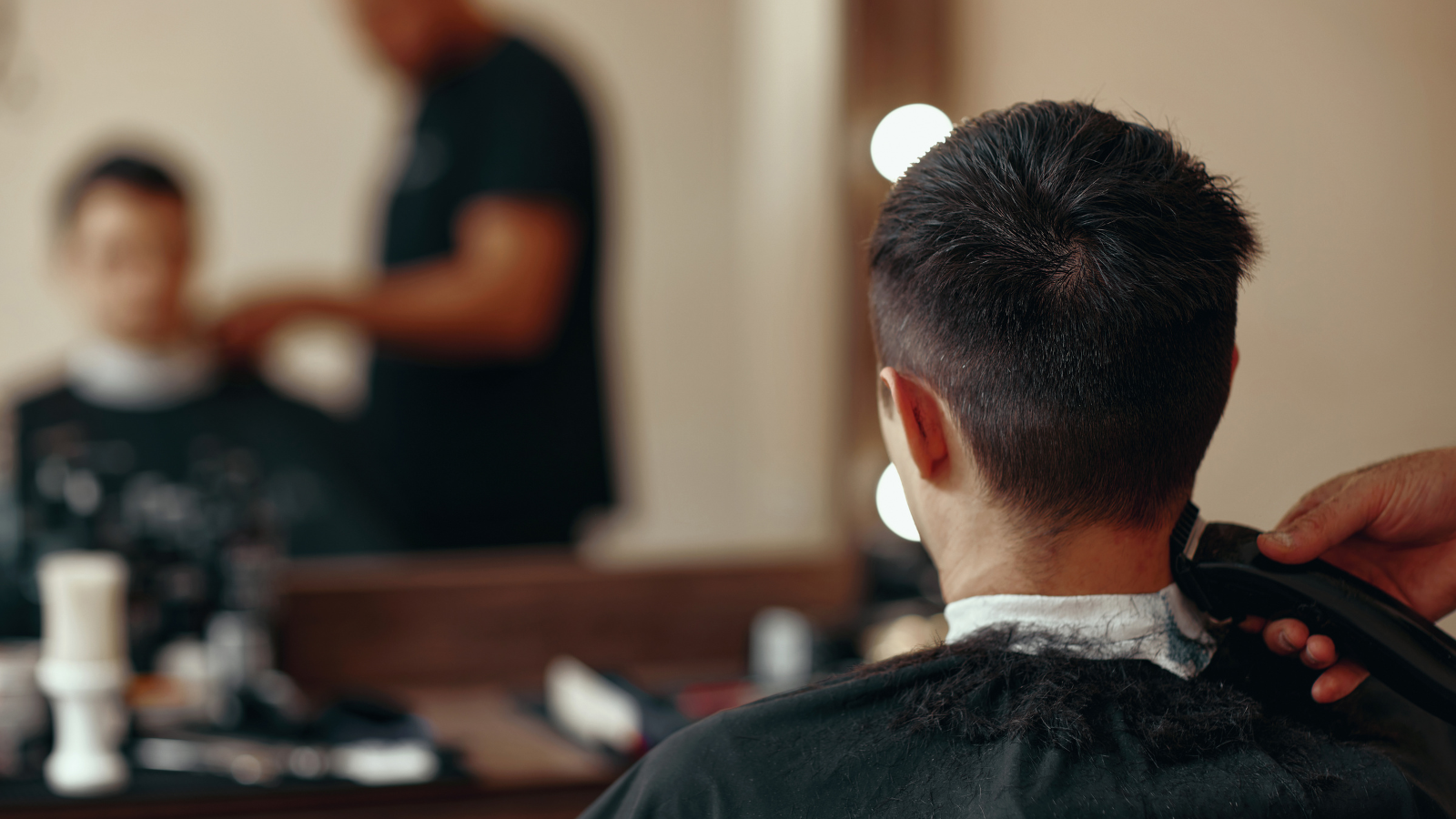The other ‘hidden homeless’: autistic men

Around 85% of rough sleepers are men. The reasons for homelessness are many and complex, but the most frequently cited reasons for male homelessness are relationship breakdown, substance misuse, or leaving an institution (e.g. prison, care or hospital).
At any one time in the UK there are around 5000 rough sleepers. This isn’t counting the group often called the ‘hidden homeless’, a much larger number of people – at least 250,000 – with no stable accommodation. We know that almost half of rough sleepers have mental health needs, but these figures don’t identify the other type of ‘hidden homeless’ – people with autism.
Autism effects 1% of the population and exists on a spectrum of severity (Autistic Spectrum Disorder, or ASD). There are some interesting gender differences that might lead to underestimates of ASD in females, but most estimates suggest that more severe cases are four times more common in males, and the less severe form (Asperger Syndrome) is nine times more common in males.
Given the fact that most homeless people are male, we would expect a larger proportion of homeless people to have autism. In the first study on this topic published in a peer-reviewed journal, it was found that autism is at least 12 times more common in homeless people than the general population (or probably more, if it was possible to identify the ‘hardest to reach’ homeless people). This figure far exceeds the rate you would expect if autism in homeless people was simply due to both autism and homelessness being more common in men. So if gender doesn’t fully explain the over-representation of autism in the homeless population, then why are so many autistic people homeless?
Well, substance abuse does not explain it, because people with autism are less likely to have problems with substance abuse than other people. However the greater levels of social isolation experienced by people with autism might be the key; autistic people often have fewer people to turn to if things go wrong in their lives, such as their housing being threatened. People with autism are also less likely to be employed, so might slip into the poverty trap more easily. Because people with autism are more likely to experience sensory difficulties (e.g. finding noise distressing), this makes living in shared accommodation or a hostel virtually impossible. Also for those with cognitive impairments to abilities such as planning, everyday independent living might become virtually impossible.
Although the current level of knowledge regarding homelessness and autism is very basic, there has been some progress by a group called Homeless Link, who have created practical guidelines on how to identify autism in homeless people, and how to communicate in a way that best facilitates support for the homeless person.
This article only scratches the surface of mental health issues in homelessness. Other issues that impact the general population of homeless people include a history of childhood abuse and neglect, seen in 80% of homeless people. This type of history creates special problems for housing homeless people, because they may have learned to associate home with abuse and neglect. Trauma prior to homelessness is also common (e.g. military-related PTSD), as is trauma as a result of life on the street.
More research is needed to identify the scale of the problem of autism in homelessness, and to develop evidence-based methods of helping these vulnerable people. There can be little doubt that homeless autistic people should be one of the key issues for anyone interested in Male Psychology.
This article was first published on the Male Psychology Network website in 2019.
Scroll down to join the discussion
Disclaimer: This article is for information purposes only and is not a substitute for therapy, legal advice, or other professional opinion. Never disregard such advice because of this article or anything else you have read from the Centre for Male Psychology. The views expressed here do not necessarily reflect those of, or are endorsed by, The Centre for Male Psychology, and we cannot be held responsible for these views. Read our full disclaimer here.
Like our articles?
Click here to subscribe to our FREE newsletter and be first
to hear about news, events, and publications.

Have you got something to say?
Check out our submissions page to find out how to write for us.
.
Dr John Barry is a chartered psychologist, researcher, clinical hypnotherapist and co-founder of the Male Psychology Network, BPS Male Psychology Section, and The Centre for Male Psychology (CMP). Also co-editor of the Palgrave Handbook of Male Psychology & Mental Health, co-author of the textbook Perspectives in Male Psychology: An Introduction (Wiley), and presenter on Centre for Male Psychology training courses.













































